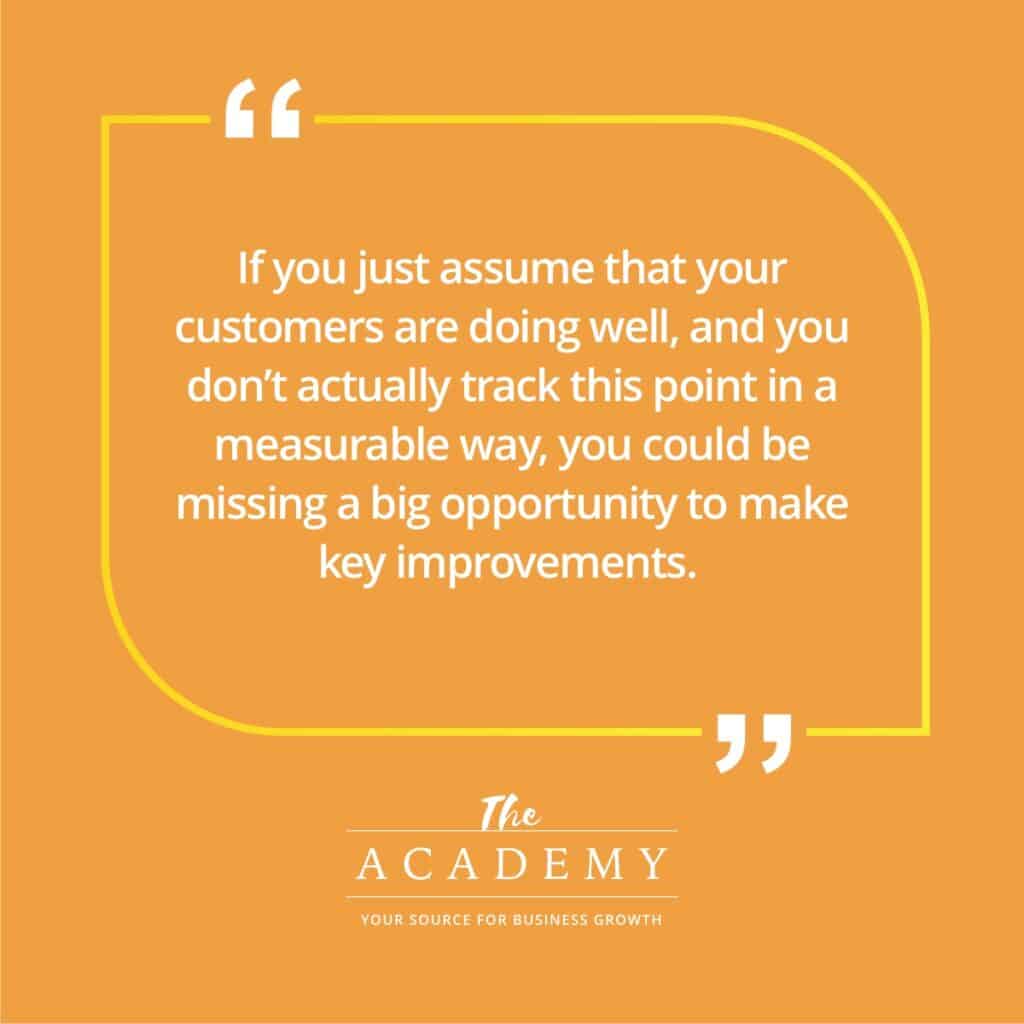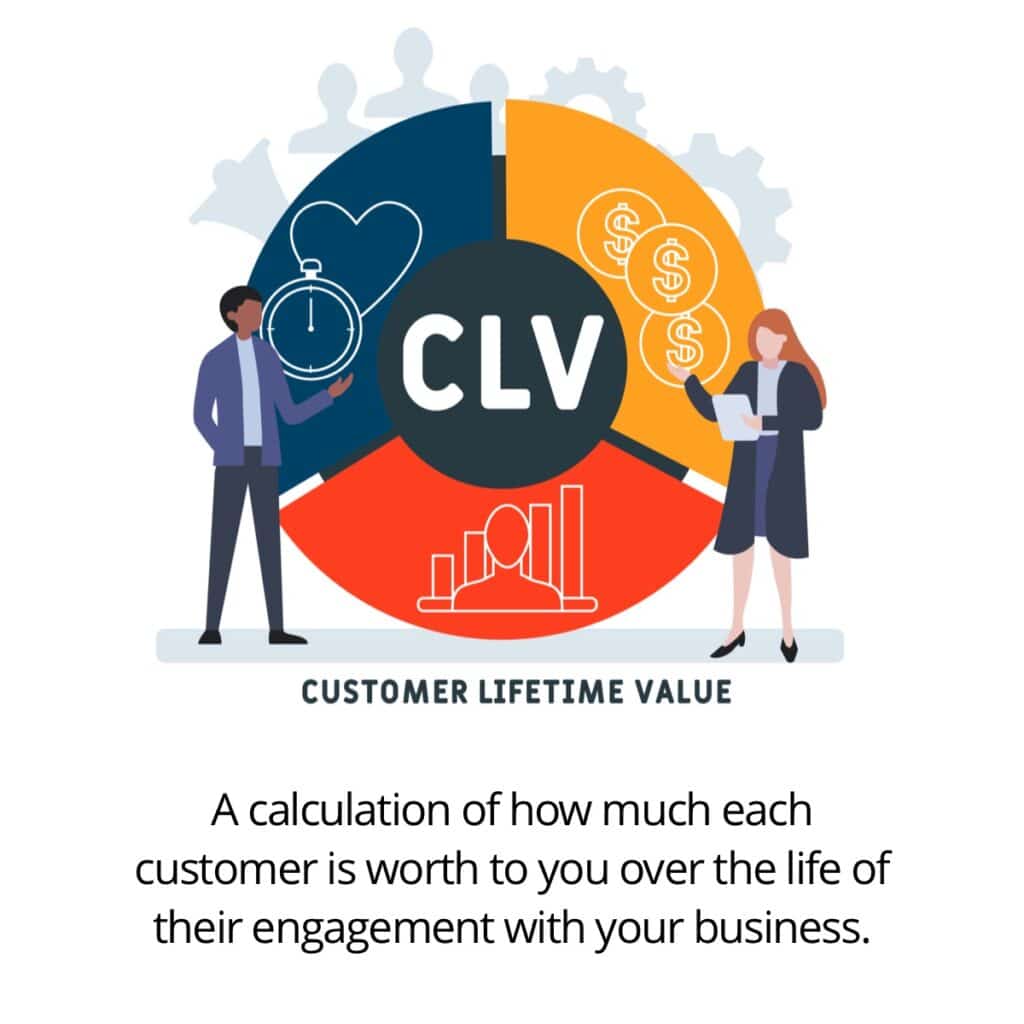
If you operate in the B2B world, you succeed when your customers succeed. That sounds simplistic, but when it comes down to it, it really is that easy. If you are serving customers who see their own success with your products or services, that positive feedback is going to drive your own revenues and growth.
So, with that groundwork in place, it makes all the sense in the world to track the success of your customers as carefully as possible. Fortunately, there are many different metrics used by B2B companies for this purpose, so there is no need to reinvent the wheel. In this article, we will introduce you to the concept of customer success metrics and present some options you can put in place for reporting.
The Goal…and the Challenge
The goal of using customer success metrics is simple, and we already hinted at it in the introduction… You want to keep track of how your customers are doing and how well you are managing to serve them. Basically, you want to make sure that your impact on their organization is a positive one, as companies who are not positively impacted by your products or services aren’t going to stick around for long. If you just assume that your customers are doing well, and you don’t actually track this point in a measurable way, you could be missing a big opportunity to make key improvements.
Of course, while it’s easy to identify the importance of measuring customer success, it can be just as difficult to actually do it. After all, you aren’t sitting in on meetings in the various organizations that work with your business, so you will have to come up with other solutions. The options we have provided below might not be quite as good as actually sitting in on a board meeting, but they should accomplish the end goal just the same.

Net Promoter Score: An Industry Standard
While there are countless different ways that businesses will measure customer success, one of the standards across many businesses is Net Promoter Score. This is a tool that is as simple as it is effective, and it’s easy enough for most organizations to implement. While you could do it manually, you’ll likely want to enlist the help of a digital tool to streamline the process for both you and your customers.
At the heart of this metric is just a single question, and it goes something like this…
On a scale of 1-10, how likely are you to recommend this service to a friend?
Of course, you could replace the word “service” with the word “product” if that is more applicable in your situation. Either way, all you are asking for is a number rating on the typical 1-10 scale that will help you understand what your customers think of your product or service and how willing they are to promote it for you.
There is one other feature of a Net Promoter Score tool that is highly useful—the feedback field. After a customer picks a number from 1-10, they will be presented with a text field where they can provide additional comments. Reviewing this section is particularly important when a low score is provided, as you can see what it is that your customers don’t like and then get to work on making any necessary changes.
Stability is a Strong Indicator
With our first metric (Net Promoter Score), we focused on collecting information directly from the customer. You reach out to them with a simple feedback form, they return it, and you see how they are feeling about your products or services. With this next metric, the feedback you gather will be based more on their customers’ actions rather than their words.
Here, we are talking about churn rate. This is a measure of how many customers are leaving your business in a given timeframe, which is an obvious indicator of overall satisfaction with what they are receiving. If customers are happy, they typically won’t leave—but unsatisfied customers will leave in droves. Measuring churn rate regularly is a good way to see how well you are serving your market.
This is a very simple metric to calculate with just some basic information. To get started, decide on a time scale for your churn rate review. Most businesses will want to look at no less than a month, but it might make more sense to look at churn over the course of a quarter or even a year. With a timeframe picked out, simply divide the number of customers who left during that time period by the total number of customers you had at the start. The resulting number is your churn rate. So, if you started a quarter with 500 customers and 30 left by the end of the quarter, that would be a churn rate of 6%.

In isolation, that number alone isn’t going to tell you very much. However, there are ways to use churn rate to make it far more informative, including the two methods below:
- Trends over time. Make it a point to measure churn rate in a consistent manner, one period after the next, for years. This will allow you to build up a data set and see if your churn is getting better or worse as you go. For example, if you use a quarterly time frame for your churn rate metric, you’ll gain four data points per year, and after just two or three years will have a pretty clear trend line to work with.
- Granular evaluation. This might be the best way to use churn rate. Once you have calculated a churn rate for your organization as a whole, drill down deeper to calculate churn rates for particular subsets of data. One popular use for this approach is to find churn rates for each of your sales reps, to see if some are performing better than others in terms of keeping customers. You could also categorize your customers by the market they serve to see if certain types of customers are more likely to leave than others.
Churn rate has a lot to offer and you don’t need anything from your clients in order to use it. Decide on the right measurement time frame for your business and make it a habit to calculate this number regularly.
The Non-Metric Metric
When you think about metrics in your business, you think first about things that can be measured with numbers. And, of course, those are true metrics, and they are extremely valuable. On the topic of customer satisfaction, however, tracking performance with numbers has some limitations, so you will want to consider adding basic customer feedback to your list of priorities in this area.
In other words, for this “metric”, you are just going to have a conversation with some of your customers and make notes of their comments. This would be a great thing to track in a customer management system, if you have one in place. Task sales reps with having in-depth conversations with some (or all) of their accounts to get into what it is the customers like about your products or services, and what they would like to change. After these conversations are held, meetings can be scheduled within your team to go over the feedback and make a plan to move forward.
The obvious limitation of this approach is the subjective nature of it all; You don’t have a clear number to attach to this review as you do with something like churn rate. This is why it’s a good idea to use a blend of metrics to evaluate overall customer satisfaction. Having a blend of hard numbers and personal conversations will help you get the best view of how your customers are doing and what you could do to improve their experience and results.
Other Important Options
With so many customer satisfaction metrics out there to consider, we’ll never get to all of them in this single article. We do want to touch on a few more before we wrap up, however, so give the three options listed below some consideration as you develop a game plan on this important subject:
- Monthly recurring revenue. What better way to track your customers’ satisfaction than to see how much money they are spending with you each month? Businesses, like people, speak with their dollars, so customers who keep spending with you are likely quite happy with what they are receiving. Keep careful track of monthly recurring revenue in your business and look for growth in that number as a sign that you are serving your market properly.
- Customer lifetime value. This is another metric that is focused on revenues. In this case, you are calculating how much each customer is worth to you over the life of their engagement with your business. If customers are only making one or two purchases before they move on, there may be a satisfaction issue that needs to be addressed. On the flip side, if they tend to stick around for years—buying over and over again—you can feel confident that they are pretty happy with what you offer. In addition to monitoring satisfaction, customer lifetime value is also very useful for making marketing decisions. If you know how much a customer is likely to be worth to you once they enter your orbit, you can decide how much you are willing to spend to acquire that customer in terms of advertising investment.

- First contact resolution. Stepping away from the focus on revenue, you can also see how well your organization is meeting the needs of your customers by tracking support tickets. With this metric, you’ll count up the total number of support tickets submitted within a given timeframe, and you’ll also determine how many of those tickets were resolved on the first contact with your team. Divide the number of tickets resolved on first contact by the total number of tickets to get a first contact resolution rate. Tracking this metric over time can show you if your organization is getting better or worse at promptly solving customer problems when they reach out for help.
It will take some time and effort to set up your chosen customer satisfaction metrics, but that will prove to be a wise investment in the long run. Knowing how your customers feel about your products and services is one of the best possible ways to make continual improvements and stay ahead of the competition. Get started with one or two metrics right away and add more to your process over time, as needed. Good luck!
Most Popular Articles

Seeing Favicons in Your Google Search Results? Here’s Why…
Have you noticed anything different in your Google Search results lately? Google added tiny favicon icons to its organic search results in January. It was…

Business Growth and Digital Marketing News & Tips 4-14-24
Did you know? It’s five to twenty-five times more expensive to acquire a new customer than to retain an existing one. Increasing customer retention by…

Business Growth and Digital Marketing News & Tips 3-28-24
With the desire for precise measurement tools to determine ROI, there has been a rise in attention metrics. These metrics, which often utilize eye-tracking data,…








